Houseplants to make your home feel cozy for fall – 5 choices to soften your interiors this season
These foliage shapes and colors will instantly make your space feel warmer
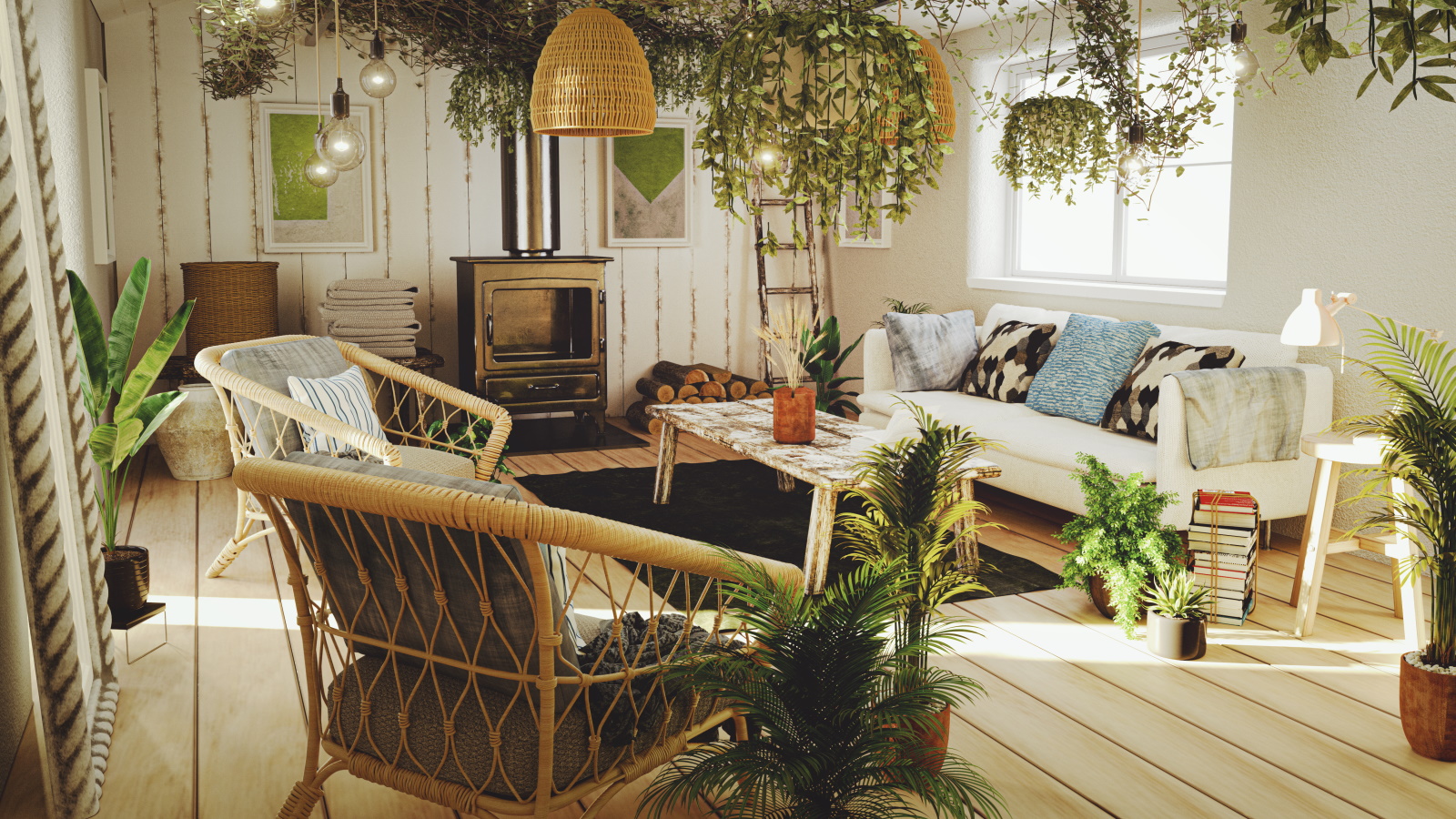

Fall is one of my favorite times of year. We get to watch the leaves change color outdoors as we get cozy indoors. Plus, for a houseplant-lover like me, there is no better thought than spending time at home surrounded by your beloved plants .
There's no denying the best indoor plants already warm up a space and enhance your interiors, but there are particular foliage shapes and colors that can give you an extra fall feeling of coziness. Whether you're after some beautiful variegated indoor plant foliage in classic fall hues or want jungle plants to create a feeling of enclosure, there are so many indoor plants to make your home feel cozy for fall. Their ability to increase humidity in the surrounding air is also a bonus for this time of year.
Here, I've compiled the ultimate list of houseplants for fall with tips from experts on how to properly care for them.
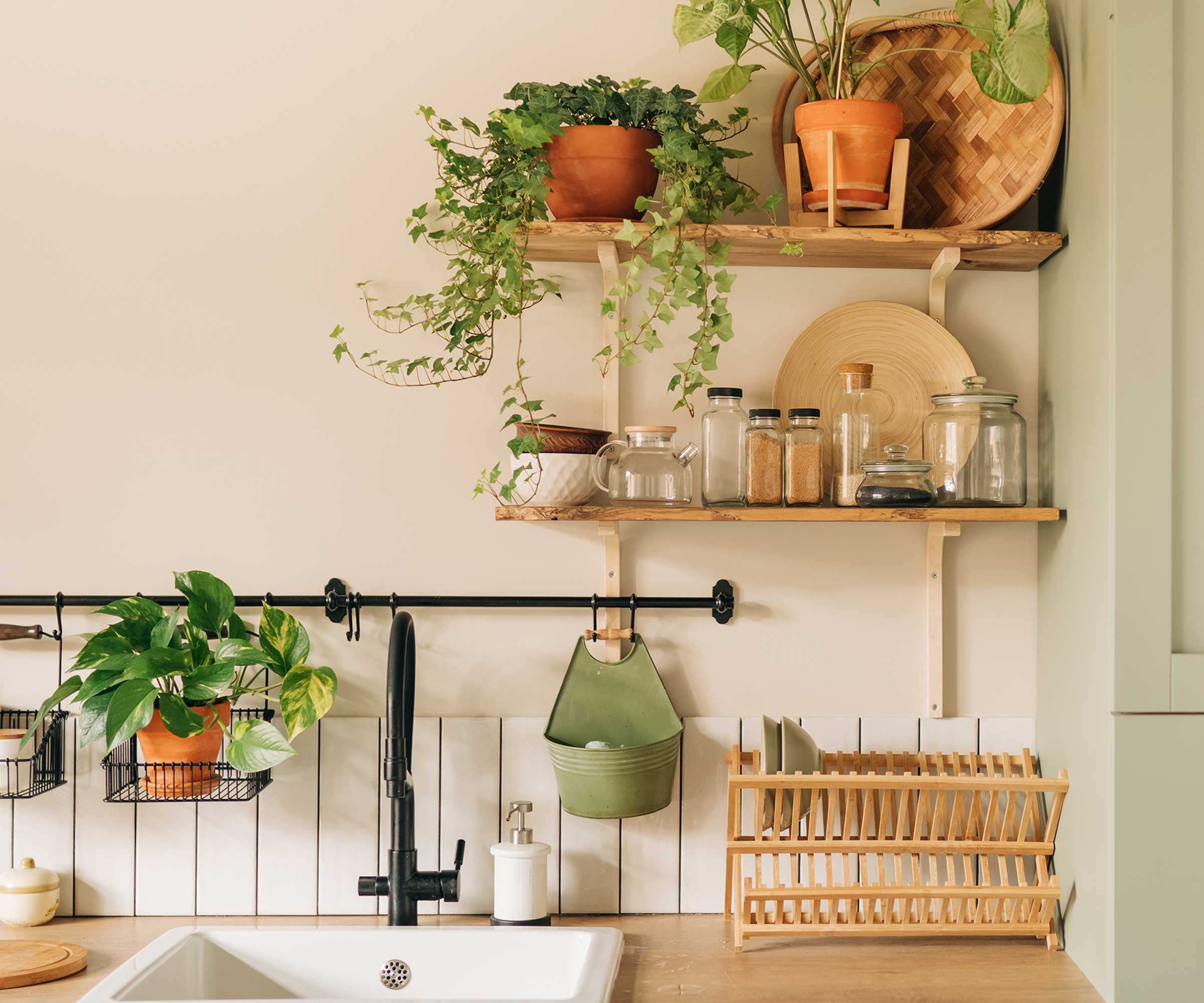
5 houseplants to make your home cozy for fall
Once you've selected which of the houseplants below to add to your home just in time for fall, don't forget to give them extra attention as we head into the colder months. Not all houseplants can cope with dropping temperatures and will need moving to a brighter spot during gloomier days. Nevertheless, the list here includes indoor plants that will not only make your space feel cozy, but many are also hardier than others.
1. Rattlesnake Calathea
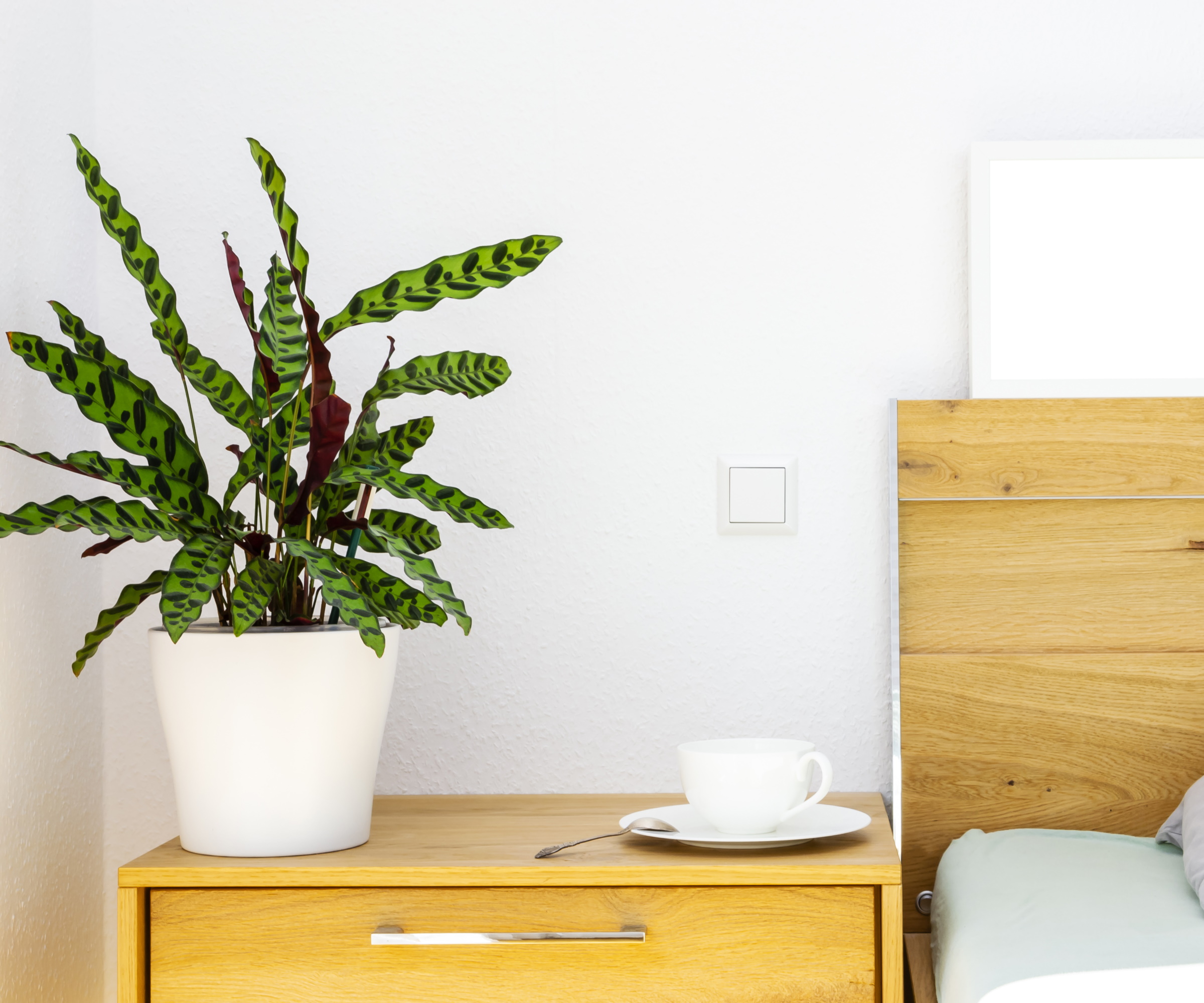
If you know anything about caring for calatheas, you'll know they're some of the fussiest houseplants to grow. However, the rattlesnake calathea (Goeppertia insignis) I have in my collection has to be one of the easiest prayer plants I've ever had.
'This is a beautiful plant that is so eye-catching you can’t help but stare at it, as it looks like a work of art,' says Julie Bawden-Davis, indoor plant expert at Healthy Houseplants.
These plants have a striking look with rigid leaves and distinctive spots on the leaves. The purple underside of their foliage fits into a fall palette perfectly.
'Provide the plant with bright light and keep the soil moist but not soggy,' advises Julie.
There are a few common calathea mistakes to avoid and watering your calathea correctly can be tricky. Too dry or too wet and their foliage will droop, crisp up and curl. That's why I use this moisture meter from Amazon to identify when it's time to water my plants.
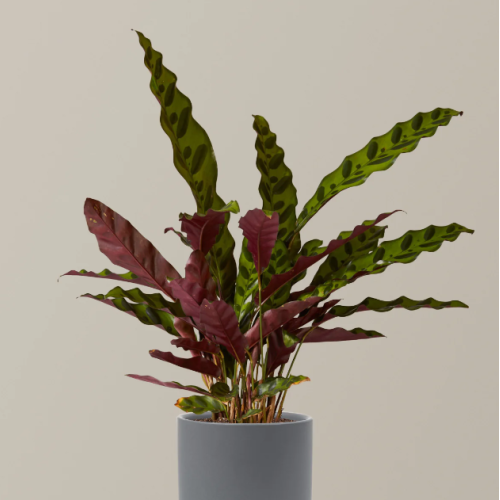
This beautiful rattlesnake calathea is known for its long, wavy green leaves with a brushstroke pattern resembling reptile skin.

Julie Bawden-Davis is a garden author and University of California Certified Master Gardener, who has written several gardening books, including Indoor Gardening The Organic Way. In addition to running HealthyHouseplants.com, she shares indoor gardening advice on her YouTube channel @HealthyHouseplants.
2. Rex Begonia

Fall is the time to add color to your home, brightening up your interiors where they otherwise lack lots of daylight. Red houseplants are a unique way to do this, offering vibrant foliage that will certainly be a conversation-starter among your guests.
'I feel like a red rex begonia would be perfect in a kitchen with red pops of color,' suggests Lisa Eldred Steinkopf from the Houseplant Guru.
Begonias are wonderful plants that come in a wide range of colors and shapes, like the polka dot begonia. The rex begonia is loved for its striking, textured leaves and vibrant colors. As Lisa mentions, incorporating a red rex begonia for fall can add eye-catching interest.
'Rex begonias need to be treated like succulents. Water thoroughly and then let them almost dry out,' says Lisa. 'You should also give them bright, indirect light, such as an east or west-facing window.
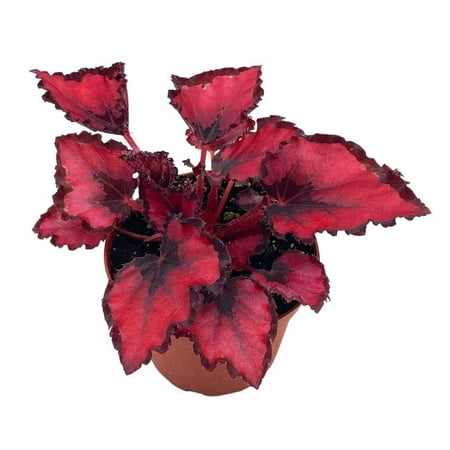
This is a unique variegated plant, with vibrant red foliage. It comes in a 4-inch size pot, perfect for smaller spaces.

Lisa is a houseplant expert who runs her blog The Houseplant Guru with over a decade of professional experience at Steinkopf Nursery and Garden Center in Michigan. As a child, Lisa helped her grandma tend to African violets and other houseplants. Since then, Lisa has forged a career providing houseplant advice, holding lectures and writing for publications across the US.
3. Philodendron

You should also think about indoor hanging plants when considering how to use foliage to make your home cozy for fall. By elevating your plants and having them trail down, you can further the feeling of being immersed in a plant haven. Philodendrons are certainly a good choice for this.
'There is nothing like a vine growing around a window or cascading from a hanging basket to shout cozy,' says Lisa. 'Add macrame for an even cozier vibe,' she suggests. There are plenty of macrame planters that can display your trailing plants in beautiful way, like these macrame plant hangers from Walmart.
Philodendron varieties are almost endless, ranging in different hues that even place them among the best lime green houseplants.
They're ideal for having in your home for fall because they're quite hardy. 'Heart leaf philodendron tolerates being an indoor low light plant, but prefers a bright light. It is forgiving of drying out a bit too much, but prefers to be evenly moist,' explains Lisa.
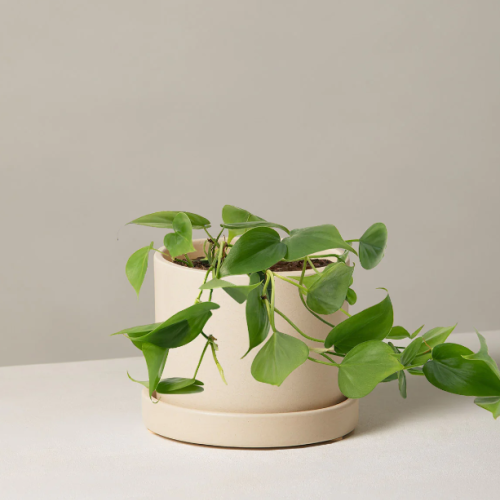
The heart-shaped leaves of this philodendron are charming. It has a trailing nature, so you can elevate it for a cascading effect.
4. ZZ plant
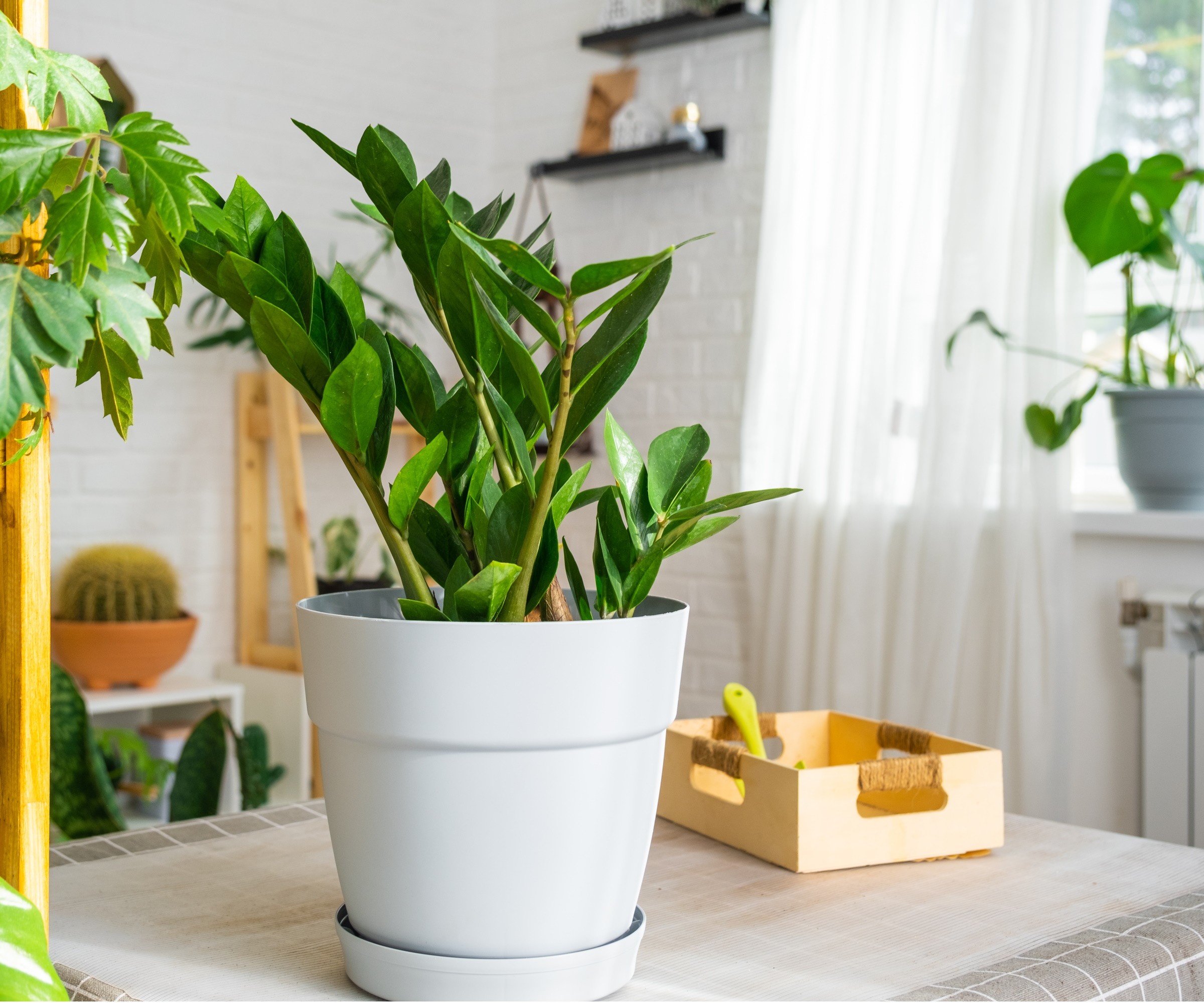
If your home is prone to being chilly during fall and winter, then opting for cold-tolerant houseplants is a good idea. ZZ plants are the perfect choice, with their shapely structure and easygoing nature.
'With its ability to give the home an architectural look, thanks to its interesting growth pattern, the ZZ plant is a great addition to the indoor garden,' says Julie.
They're perfect for structural interest which is ideal for adding varying dimension and shape to you fall houseplant display. They're also one of the best houseplants with dark foliage to add to your fall color scheme.
If you do notice your ZZ plant turning yellow or your ZZ plant drooping, it could be due to overwatering. 'Only water when the top two inches of soil has dried and provide it with medium to medium-bright light,' advises Julie.
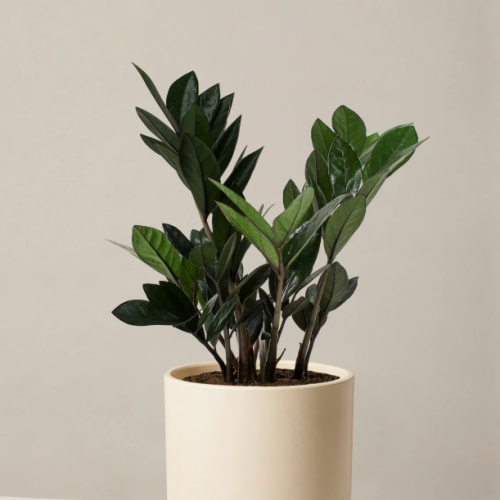
This black ZZ plant is visually striking, with its tall stems and dark foliage. It's both low-light tolerant and drought-tolerant.
5. Asparagus Fern
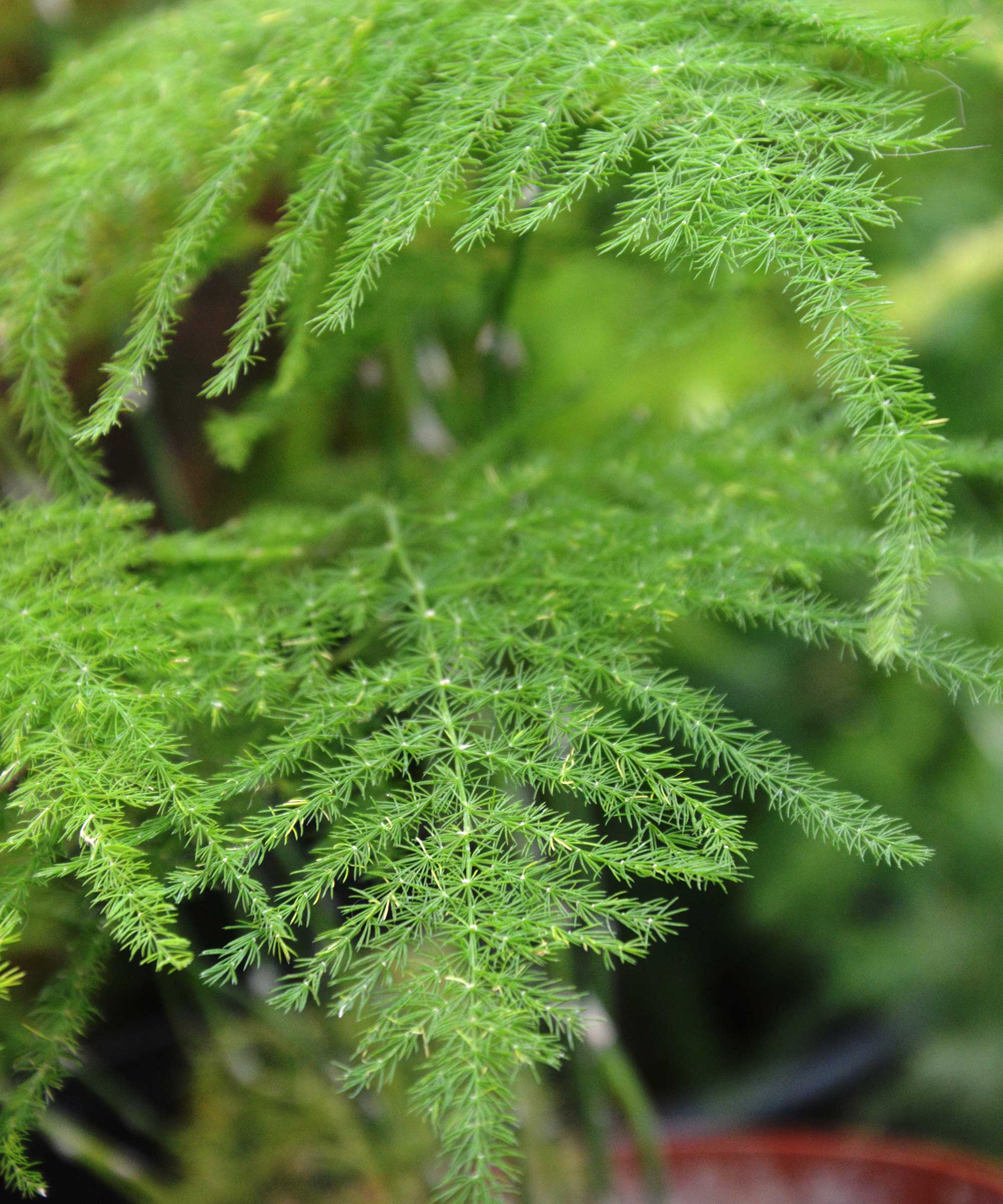
Don't forget to add soft foliage to your interiors for a cozy feel. I adore my asparagus fern for this reason. It has fluffy-looking foliage which is delicate and adds a touch of sophistication to any space.
'Ferns add a softness to interiors with their fronds,' says Lisa. 'Ferns aren’t as hard to care for as they are made out to be. Never let them dry out and they will be happy,' she advises.
There are lots of indoor ferns to choose from, all with unique fronds, but asparagus ferns arguably have the softest foliage. Take care to keep on top of moisture levels, as Lisa mentions, otherwise you might notice your asparagus fern turning yellow.
I also find mine does best with bright-indirect light. It may experience leaf scorch in a sunny position, while a low-light position could cause leaf drop.
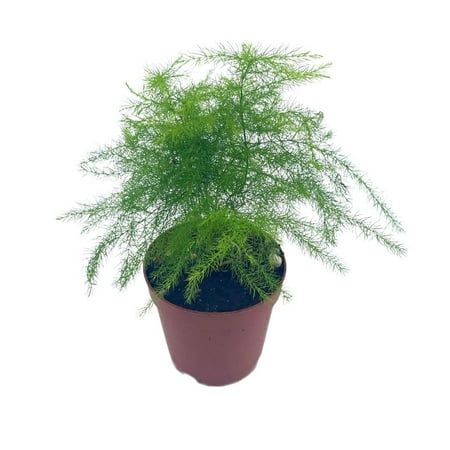
The soft layers of this asparagus ferns' leaves have a feather-like appearance. It comes in a 2-inch size pot for smaller spaces.
FAQs
Should I fertilize my houseplants in fall?
It's best not to fertilize your houseplants when they aren't actively growing. While this will differ for each plant, houseplants tend to actively grow during spring and summer. This means it isn't wise to fertilize your houseplants during fall. Doing so can result in both root burn and houseplant root rot from oversaturated soil.
Even though some of these houseplants are hardy to indoor fall environments, it's best to avoid placing them in drafts where possible. Plants that aren't cold-tolerant may suffer from cold damage as a result, which includes yellowing foliage among other issues. If you find your houseplants are struggling with colder temperatures, explore our guide to reviving houseplants from cold damage.
Sign up to the Homes & Gardens newsletter
Design expertise in your inbox – from inspiring decorating ideas and beautiful celebrity homes to practical gardening advice and shopping round-ups.

Tenielle is a Gardens News Writer at Homes & Gardens. She holds a qualification in MA Magazine Journalism and has over six years of journalistic experience. Before coming to Homes & Gardens, Tenielle was in the editorial department at the Royal Horticultural Society and worked on The Garden magazine. As our in-house houseplant expert, Tenielle writes on a range of solutions to houseplant problems, as well as other 'how to' guides, inspiring garden projects, and the latest gardening news. When she isn't writing, Tenielle can be found propagating her ever-growing collection of indoor plants, helping others overcome common houseplant pests and diseases, volunteering at a local gardening club, and attending gardening workshops, like a composting masterclass.
-
 This kitchen has been transformed from cramped and outdated to warm and welcoming – and it's all thanks to a few thoughtful Japandi-style features
This kitchen has been transformed from cramped and outdated to warm and welcoming – and it's all thanks to a few thoughtful Japandi-style featuresWarm wood tones, textural designs, and considered contrast are key to this beautiful transformation
By Molly Malsom
-
 This brilliant $4 drawer organizer helped me reclaim control of my chaotic underwear drawer – and turbocharged my mornings
This brilliant $4 drawer organizer helped me reclaim control of my chaotic underwear drawer – and turbocharged my morningsIt makes heaps of difference when I'm getting ready
By Chiana Dickson
-
 7 of the fastest growing flowers to plant in spring for early summer blooms
7 of the fastest growing flowers to plant in spring for early summer bloomsSow these seeds now and be greeted with early summer color and repeat blooms in your yard
By Jacky Parker
-
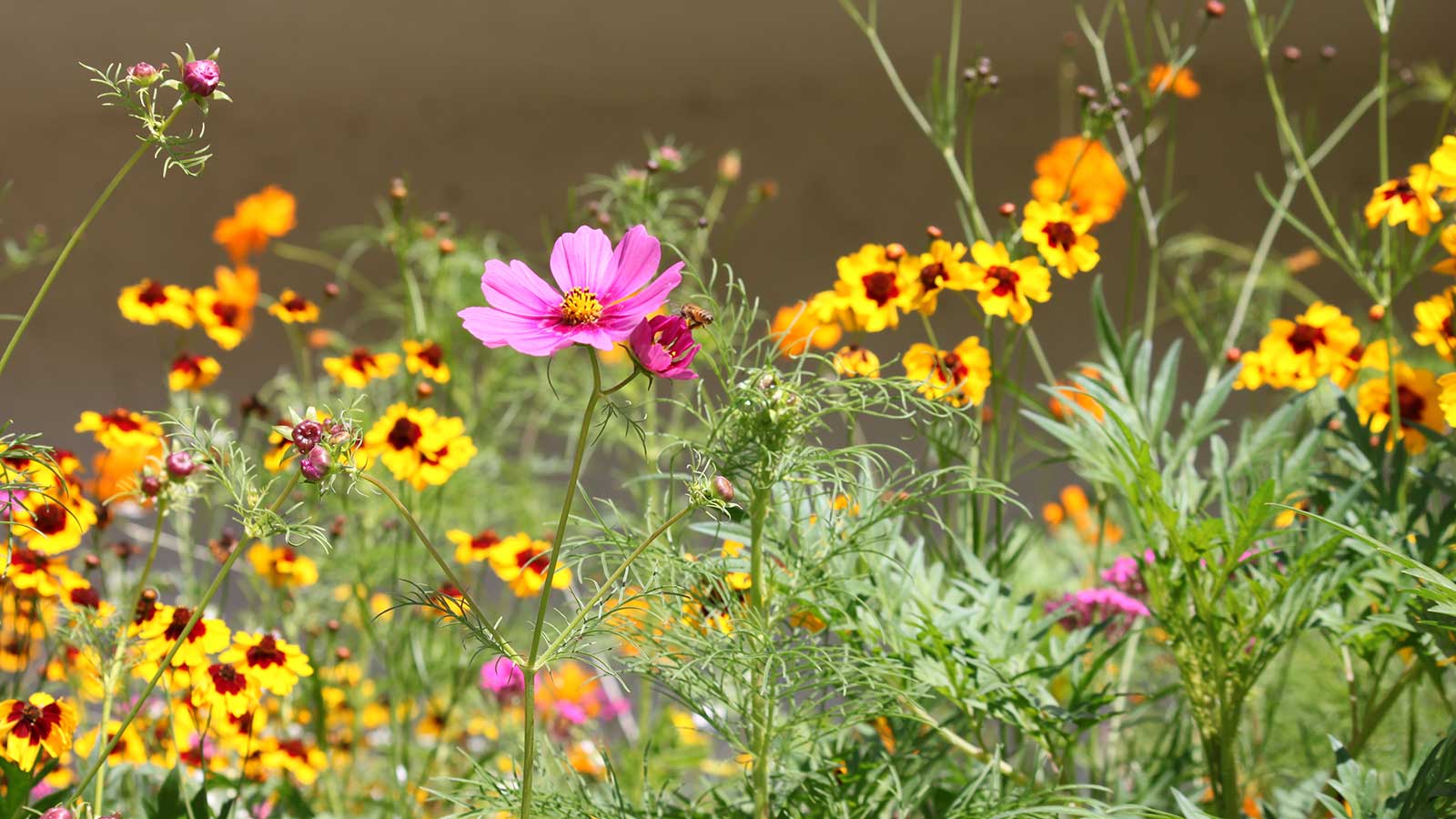 How to design a mini meadow in pots – and welcome birds, bees and butterflies to your urban wildlife garden this summer
How to design a mini meadow in pots – and welcome birds, bees and butterflies to your urban wildlife garden this summerExperts share advice on species recommendations, soil, and types of containers to use for meadow planting
By Holly Crossley
-
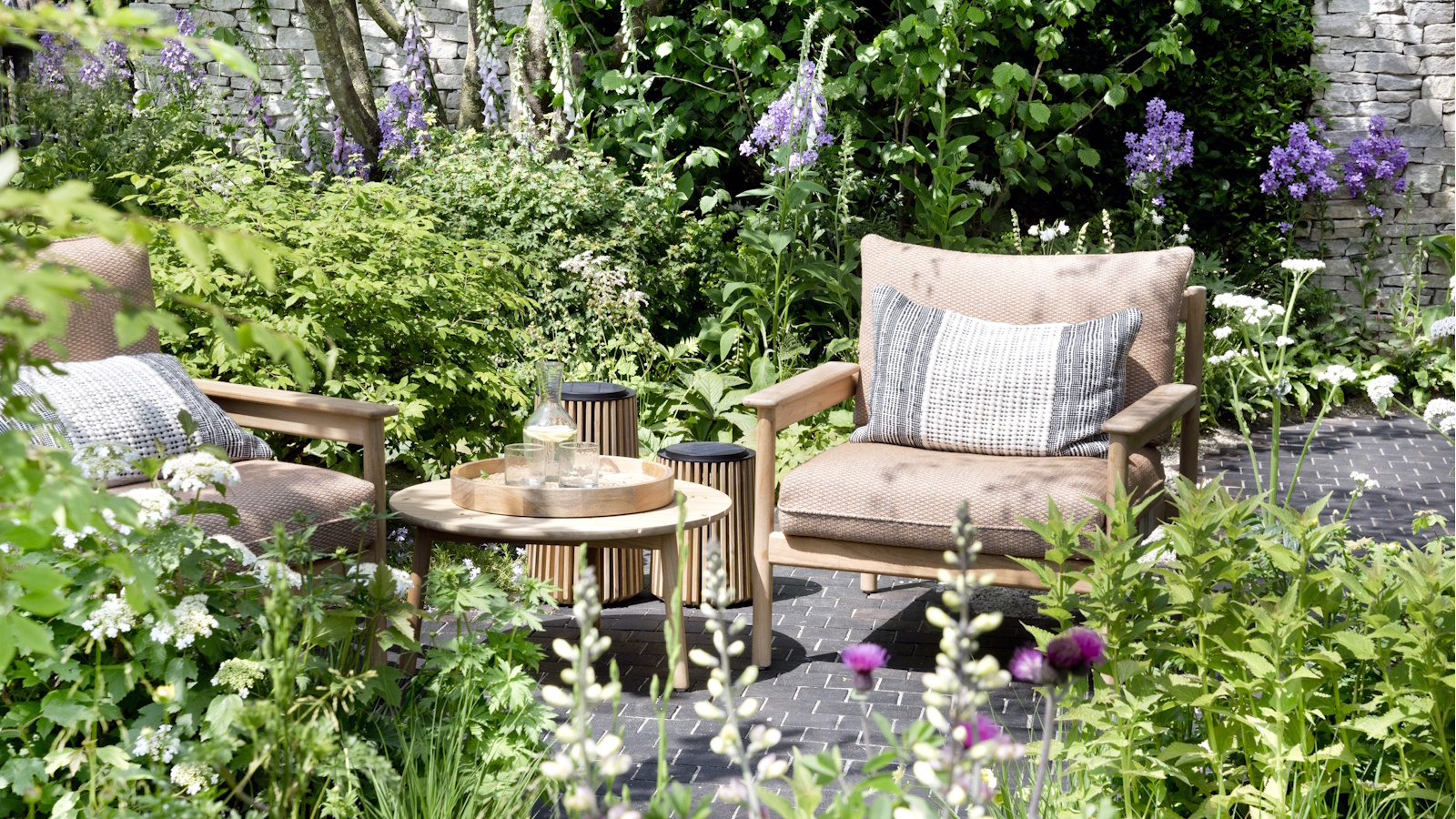 This $20 pop-up greenhouse from ALDI is perfect for small yards – it will turbocharge your tomato harvests this summer
This $20 pop-up greenhouse from ALDI is perfect for small yards – it will turbocharge your tomato harvests this summerEasy to use and compact to store, pop-up greenhouses are ideal for patio or balcony gardeners
By Thomas Rutter
-
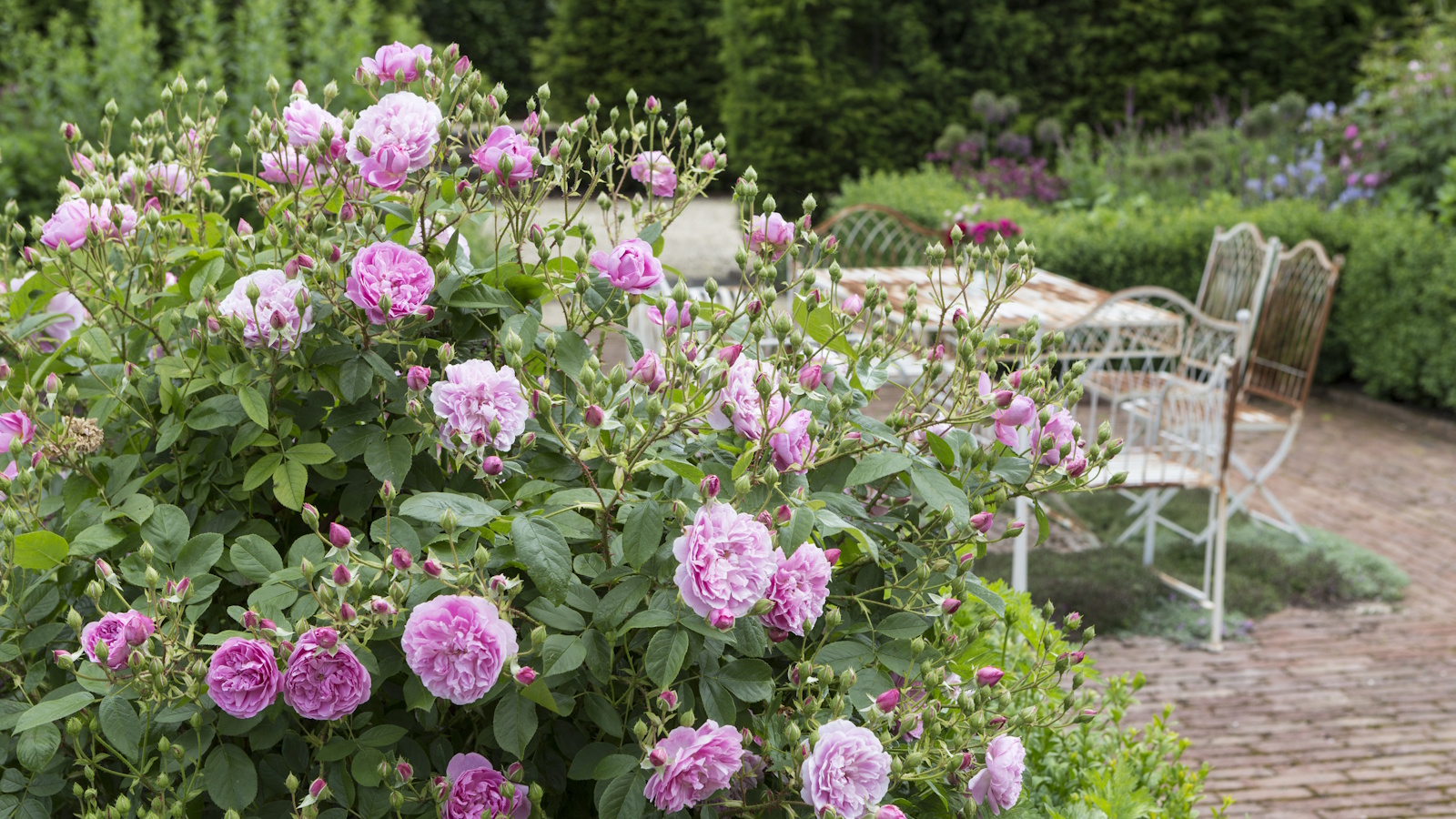 How to weed a garden quickly – professional gardeners reveal the five-minute weeding jobs to do now and get your yard summer-ready
How to weed a garden quickly – professional gardeners reveal the five-minute weeding jobs to do now and get your yard summer-readyShort on time? These time-efficient tasks will keep on top of problem plants
By Thomas Rutter
-
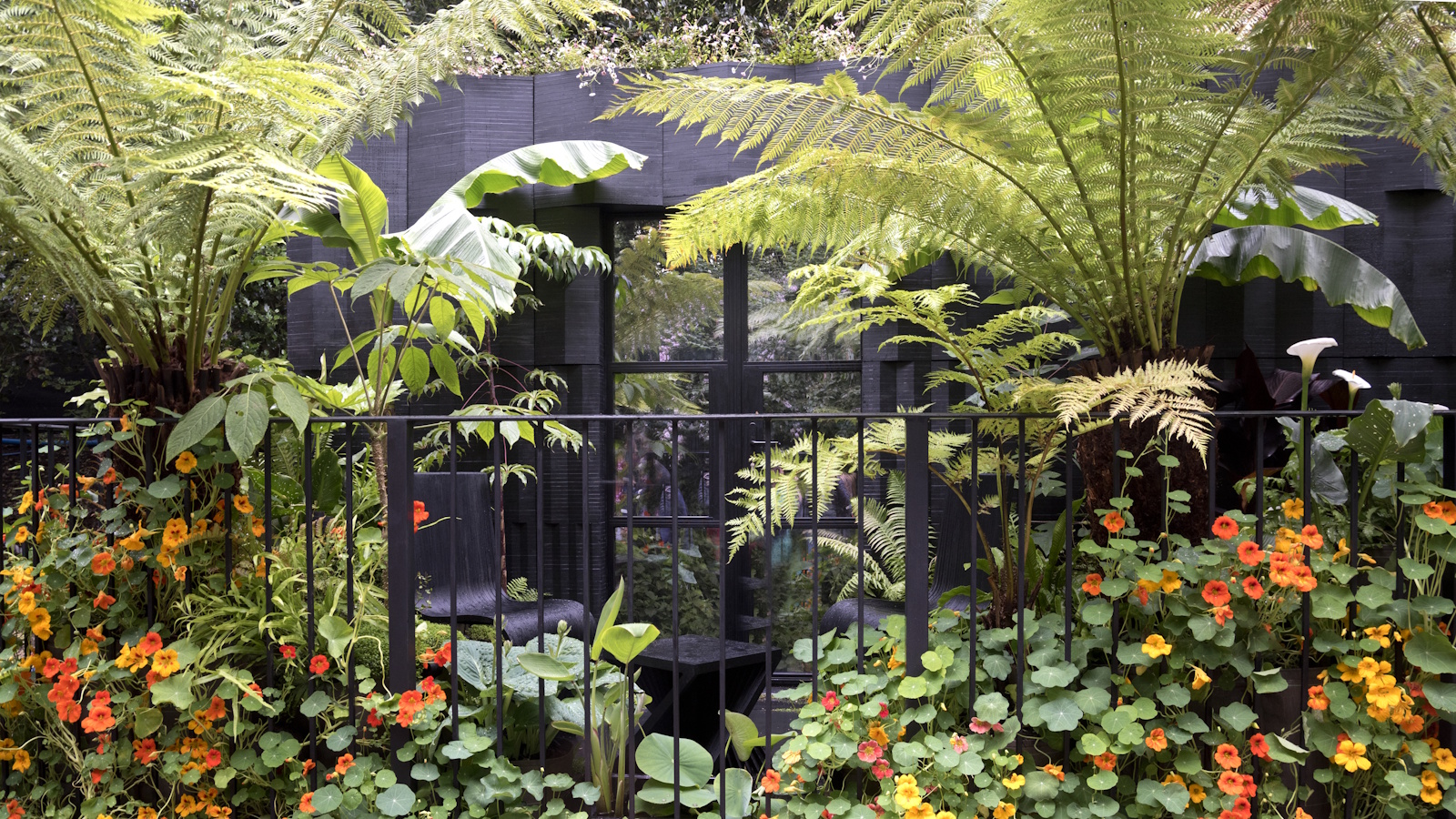 Small yard but want to grow your own crops? This wooden cold frame is 40% off at Wayfair – and it's perfect for tiny patios and apartments
Small yard but want to grow your own crops? This wooden cold frame is 40% off at Wayfair – and it's perfect for tiny patios and apartmentsCold frames are a sensible investment for any gardeners struggling for space on balconies, backyards or patios
By Thomas Rutter
-
 7 native perennials to plant in April – for glorious flowering displays to attract bees, butterflies, and hummingbirds
7 native perennials to plant in April – for glorious flowering displays to attract bees, butterflies, and hummingbirdsDiscover some of the best perennials to plant in April to make your garden a hotspot for wildlife
By Drew Swainston
-
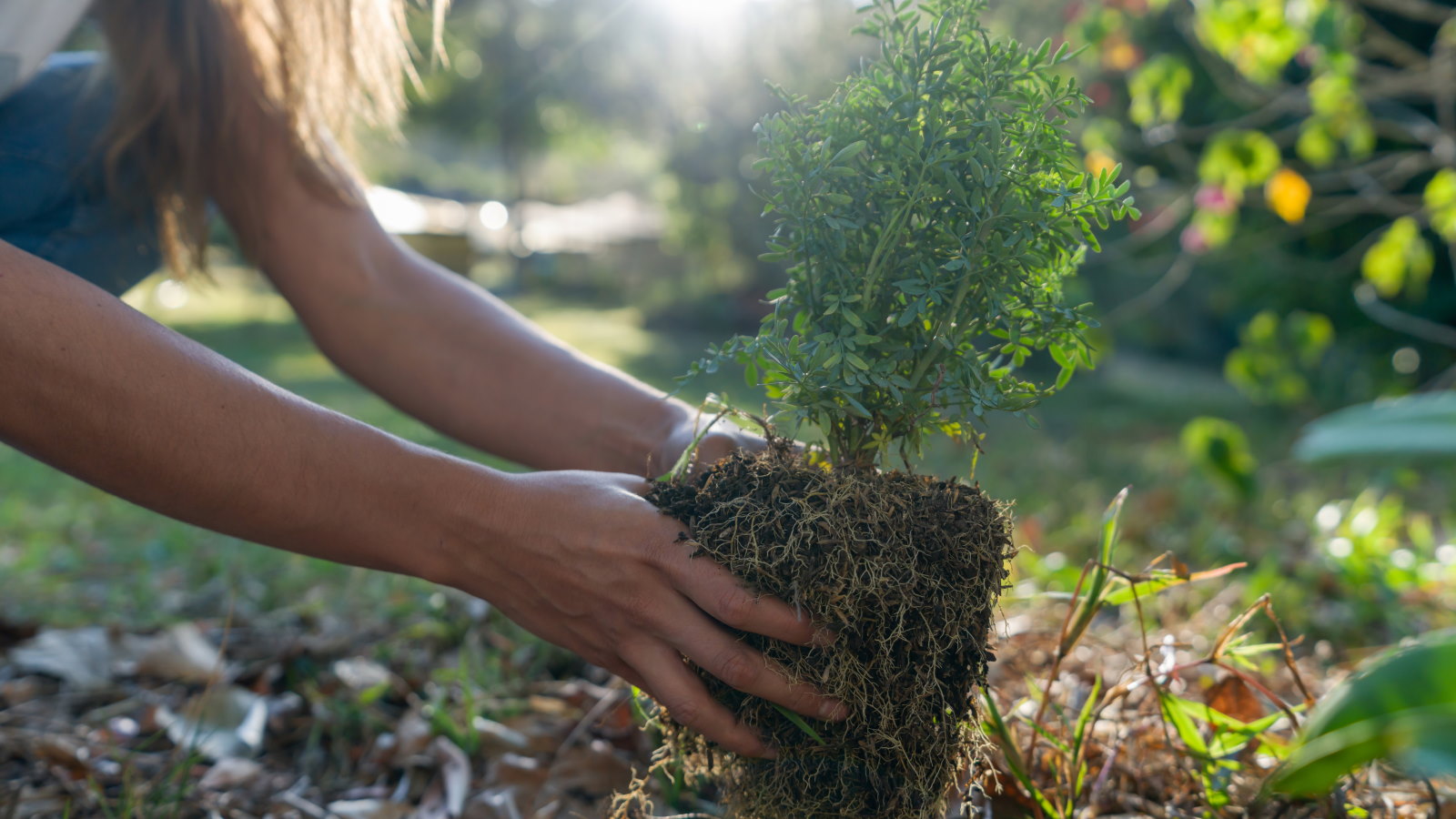 7 shrubs to plant in April to transform beds and borders – including native plants and bushes suitable for dry or wet spots
7 shrubs to plant in April to transform beds and borders – including native plants and bushes suitable for dry or wet spotsThese shrubs can bring flowers, texture, and fragrance, as well as attracting beneficial insects and birds
By Drew Swainston
-
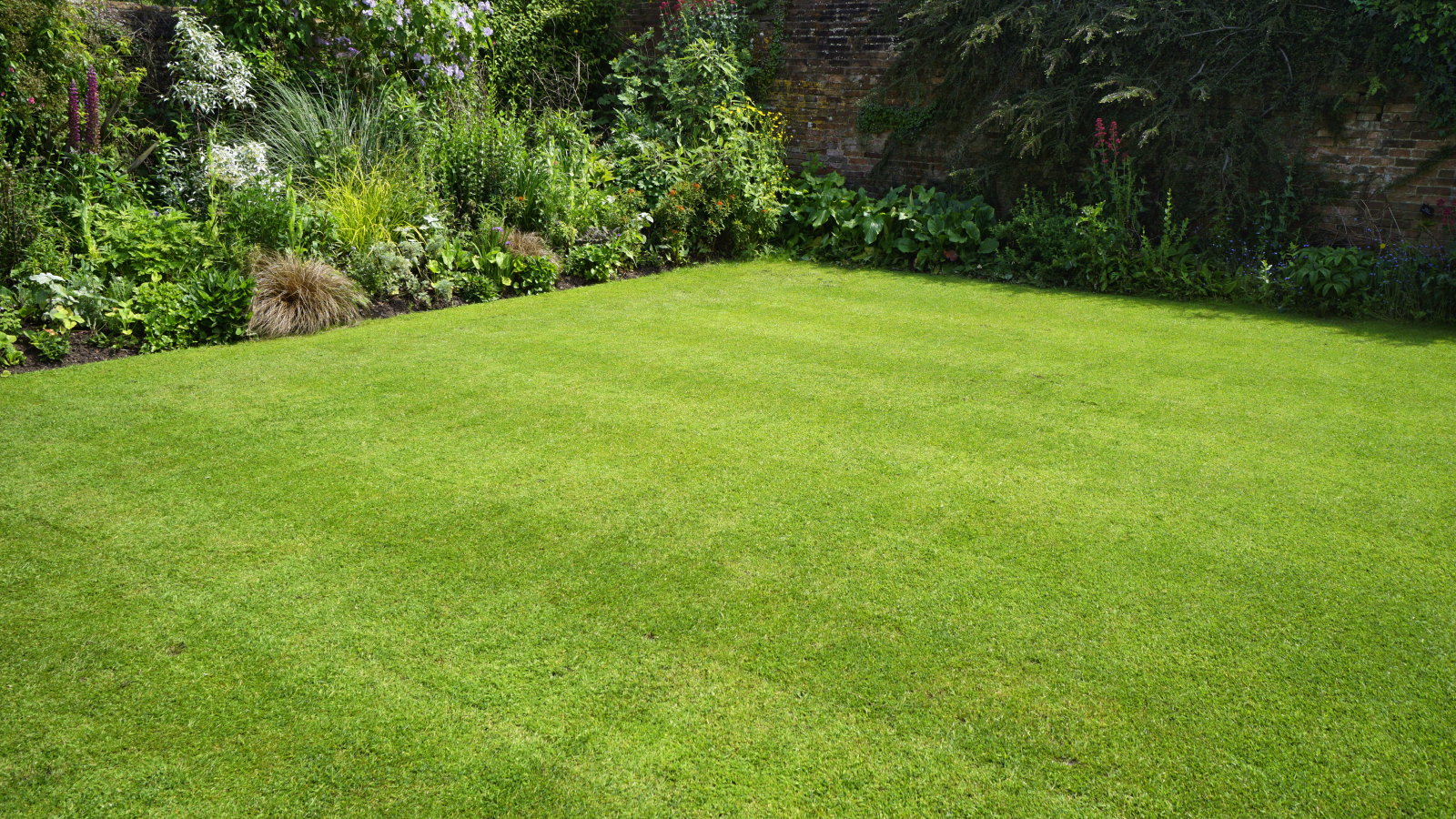 I'm a lawn care expert, and always do these 7 jobs in April to ensure thick, green grass all summer long
I'm a lawn care expert, and always do these 7 jobs in April to ensure thick, green grass all summer longTransform your lawn with these simple yet highly effective April lawn care tasks
By Drew Swainston